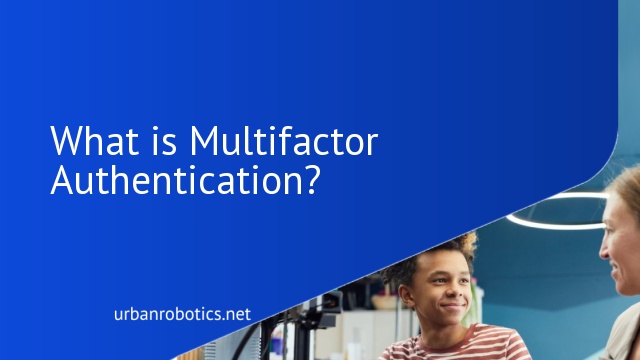As industry experts Transmit Security explains, multifactor authentication requires more than one sort of verification to gain access to an account or system. This can include something you recognize (such as a password), something you own (such as a physical key), or something that you are aware of (like your fingerprint). Multifactor authentication makes it difficult for hackers to access your accounts and is thus an essential step in securing your online privacy.
Why is it important to use multiple authentication factors?
Since they cannot provide the second or third factor of authentication, MFA prevents malicious actors from using compromised credentials to access your systems.
Improves security
Unauthorized individuals are prevented from accessing your network using stolen devices, passwords, or other information by forcing users to give up several credentials upfront before accessing accounts.
Compromised passwords risk is reduced
Despite being the least secure, passwords are still the most popular form of authentication. Passwords can be reused or shared, but they can also be guessed or stolen, disclosing the owners of the accounts and the system’s administrators.
Security Solution are adjustable
Each authentication factor offers a variety of options, allowing companies to adapt the experience for users to their own needs.
MFA is compatible with single sign-on (SSO)
It can be integrated with SSO and incorporated into apps. Users are no longer required to create numerous distinct passwords or take the risky step of using the same password across various applications to sign in. MFA reduces friction while confirming the user’s identity, resulting in time savings and increased productivity.
Flexible enough to adapt to shifting user bases
Multi-factor authentication makes it easy to meet the needs of your company. All users, including employees, customers, and business partners, can have MFA enabled. The necessity for several passwords is diminished by single sign-on with MFA, which also enhances the user experience and reduces the number of calls to IT departments for support on passwords.
Adaptable to a Variety of Use Cases
Certain situations, including conducting high-value transactions or gaining access to private data via unknown networks and devices, call for additional protection. Adaptive MFA utilizes environmental and behavioral factors, including geolocation, IP address, and the amount of time from the last authentication to evaluate risk.
How does MFA enhance security?
Multi-factor authentication protects data and systems by putting hurdles in the way of bad actors. Even if a passcode or other authentication protocol is compromised, a hacker is unlikely to have a second or third authentication factor.
What is the distinction between MFA and 2FA?
Two-factor authentication (2FA) needs users to provide two types of authentication, whereas multi-factor authentication (MFA) needs users to provide at least two, if not more, types of authentication.
Multi-Factor Authentication (MFA) vs Two-Factor Authentication(2FA)(MFA)
2FA uses the same authentication concept as MFA but only requires a second factor to validate user identification. When authentication was originally made available to the public, users normally required only two types of verification. However, hackers became more proficient over time and could readily steal passwords or PINs.
To react to the shifting threat landscape, many businesses and organizations started mandating MFA in addition to new types of authentication for added security. While MFA is much more secure than 2FA, having 2FA as a minimum requirement can significantly boost account security.
How Does MFA Function?
A user is prompted for their password and username, typical login credentials, but they are then needed to authenticate their identity in some other way. The most frequent method is to enter a code delivered by email, SMS, a mobile authentication app, or a secondary device. However, additional methods include technology that scans biometrics or preset security questions.
Authentication Factor Examples
To validate a user’s identity, MFA employs three common authentication mechanisms.
Knowledge
Users are most conversant with the knowledge factor. The user is invited to enter information they are familiar with, such as a passcode, unique identifier (PIN), security code, or the response to a security question.
Possession
This criterion validates the user’s identification by utilizing something they own. For example, a code could be sent to a cell phone.
Inherence
This component confirms the person using some distinct personal characteristic, such as biometric identification or voice recognition.





